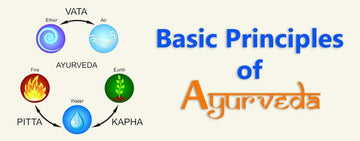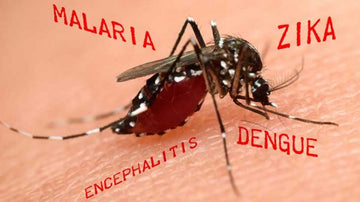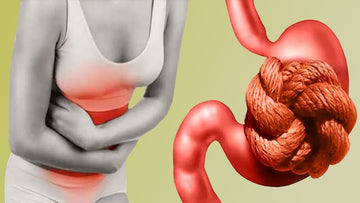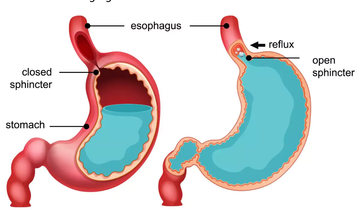
The basic principles of treatment in Ayurveda are founded on balancing the body’s three fundamental energies, known as Doshas (Vata, Pitta, and Kapha). Here are the core principles:
1. Tridosha Theory: Balancing the three Doshas:
• Vata: Governs movement and is associated with space and air.
• Pitta: Governs transformation and is associated with fire and water.
• Kapha: Governs structure and lubrication and is associated with earth and water.
2. Personalized Treatment: Ayurveda tailors treatments to an individual’s constitution (Prakriti) and current imbalances (Vikriti).
3. Five Elements (Panchamahabhuta): The body is composed of five elements (earth, water, fire, air, and ether), and treatments aim to balance these elements.
4. Agni (Digestive Fire): Maintaining strong digestive fire is crucial for health. Imbalanced Agni can lead to the buildup of toxins (Ama), which are the root cause of disease.
5. Detoxification (Panchakarma): This involves cleansing procedures to eliminate toxins from the body. It includes treatments like Vamana (emesis), Virechana (purgation), Basti (enema), Nasya (nasal administration), and Raktamokshana (bloodletting).
6. Diet and Nutrition (Ahara): Emphasizes eating according to one’s Dosha, using food as medicine, and following seasonal and daily dietary guidelines.
7. Lifestyle (Vihara): Recommends daily routines (Dinacharya), seasonal routines (Ritucharya), and proper sleep and exercise habits.
8. Herbal Remedies (Aushadha): Use of herbs and natural substances to restore balance and treat diseases.
9. Mind-Body Connection: Practices like yoga, meditation, and pranayama (breathing exercises) to balance the mind and emotions, which in turn affect the body.
10. Preventive Approach: Emphasis on maintaining health and preventing disease through balanced living, rather than only treating diseases.
By adhering to these principles, Ayurveda aims to restore harmony and promote overall well-being.
1. Tridosha Theory: Balancing the three Doshas:
• Vata: Governs movement and is associated with space and air.
• Pitta: Governs transformation and is associated with fire and water.
• Kapha: Governs structure and lubrication and is associated with earth and water.
2. Personalized Treatment: Ayurveda tailors treatments to an individual’s constitution (Prakriti) and current imbalances (Vikriti).
3. Five Elements (Panchamahabhuta): The body is composed of five elements (earth, water, fire, air, and ether), and treatments aim to balance these elements.
4. Agni (Digestive Fire): Maintaining strong digestive fire is crucial for health. Imbalanced Agni can lead to the buildup of toxins (Ama), which are the root cause of disease.
5. Detoxification (Panchakarma): This involves cleansing procedures to eliminate toxins from the body. It includes treatments like Vamana (emesis), Virechana (purgation), Basti (enema), Nasya (nasal administration), and Raktamokshana (bloodletting).
6. Diet and Nutrition (Ahara): Emphasizes eating according to one’s Dosha, using food as medicine, and following seasonal and daily dietary guidelines.
7. Lifestyle (Vihara): Recommends daily routines (Dinacharya), seasonal routines (Ritucharya), and proper sleep and exercise habits.
8. Herbal Remedies (Aushadha): Use of herbs and natural substances to restore balance and treat diseases.
9. Mind-Body Connection: Practices like yoga, meditation, and pranayama (breathing exercises) to balance the mind and emotions, which in turn affect the body.
10. Preventive Approach: Emphasis on maintaining health and preventing disease through balanced living, rather than only treating diseases.
By adhering to these principles, Ayurveda aims to restore harmony and promote overall well-being.




